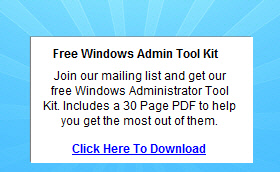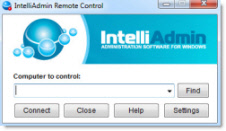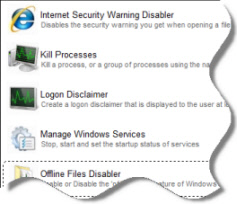Internet Explorer Phishing filter - enabled or disabled in corporate environment?
A question for those of you in in the IT field. Do you have the Internet Explorer phishing filter enabled or disabled (IEAK or Group Policy) on client systems on your corporate LAN? Currently we do not have a policy on this and allow users to set which ever
they wish but we want to nail this down but are unsure of which way to go.
A few points I have gathered regarding the phishing filter:
- This phishing filter blocks malicious phishing sites and iframes. How effective is it?
- We have websense on our proxy. Would this be sufficient and eliminate any need for the IE phishing filter?
- With the filter enabled it sends the visited URL of our client systems to Microsoft. Management doesn't like this idea.
- With the filter enabled it slows the browsing experience and consumes extra CPU cycles.
Would appreciate knowing what you all do and why. Thanks.
November 26th, 2010 2:54am
Hi,
Thank you for your post here.
- This phishing filter blocks malicious phishing sites and iframes. How effective is it?
To provide an unparalleled level of protection from phishing exploits, Microsoft has agreements with several commercial data providers to dynamically
provide information to Microsoft on thousands of confirmed phishing Web sites. Microsoft has integrated this data into the Microsoft Phishing Filter technology, which is available for Internet Explorer.
Reputation Services and Phishing Filter Data Providers
http://www.microsoft.com/mscorp/safety/industry/providers.mspx
- We have websense on our proxy. Would this be sufficient and eliminate any need for the IE phishing filter?
I am not familiar with websense proxy technology. Is the websense proxy capable of protecting your network from Phishing attacks, otherwise known as
social engineering attacks? Can it connect to a local catalog or online URL reputation service to block phishing sites? In most scenarios, a local catalog may be insufficient for protection and a real-time-updated URL reputation service would be a better choice.
- With the filter enabled it sends the visited URL of our client systems to Microsoft. Management doesn't like this idea.
To help protect your privacy, the address information sent to Microsoft is encrypted using SSL and limited
to the domain and path of the website you are visiting. When Microsoft collect the date, your privacy will be guaranteed by
Internet Explorer privacy statement,
Microsoft Service Agreement
and
Microsoft Reputation Service Privacy Statement.
- With the filter enabled it slows the browsing experience and consumes extra CPU cycles.
In Internet Explorer 8,
the SmartScreen Filter replaces the Phishing Filter technology introduced in Internet Explorer 7. The SmartScreen Filter has improvement on browsing performance than the Phishing Filter in Windows 7.
For more information, please check:
Getting a reputation: How SmartScreen looks at URLs
http://windowsteamblog.com/windows_live/b/windowslive/archive/2010/03/12/getting-a-reputation-how-smartscreen-looks-at-urls.aspx
Forefront TMG (ISA Server) Product Team Blog > URL Filtering is Here!
http://blogs.technet.com/b/isablog/archive/2009/06/10/url-filtering-is-here.aspx
Phishing Filter: frequently asked questions
http://windows.microsoft.com/en-US/windows-vista/Phishing-Filter-frequently-asked-questions
Free Windows Admin Tool Kit Click here and download it now
November 26th, 2010 4:20am


